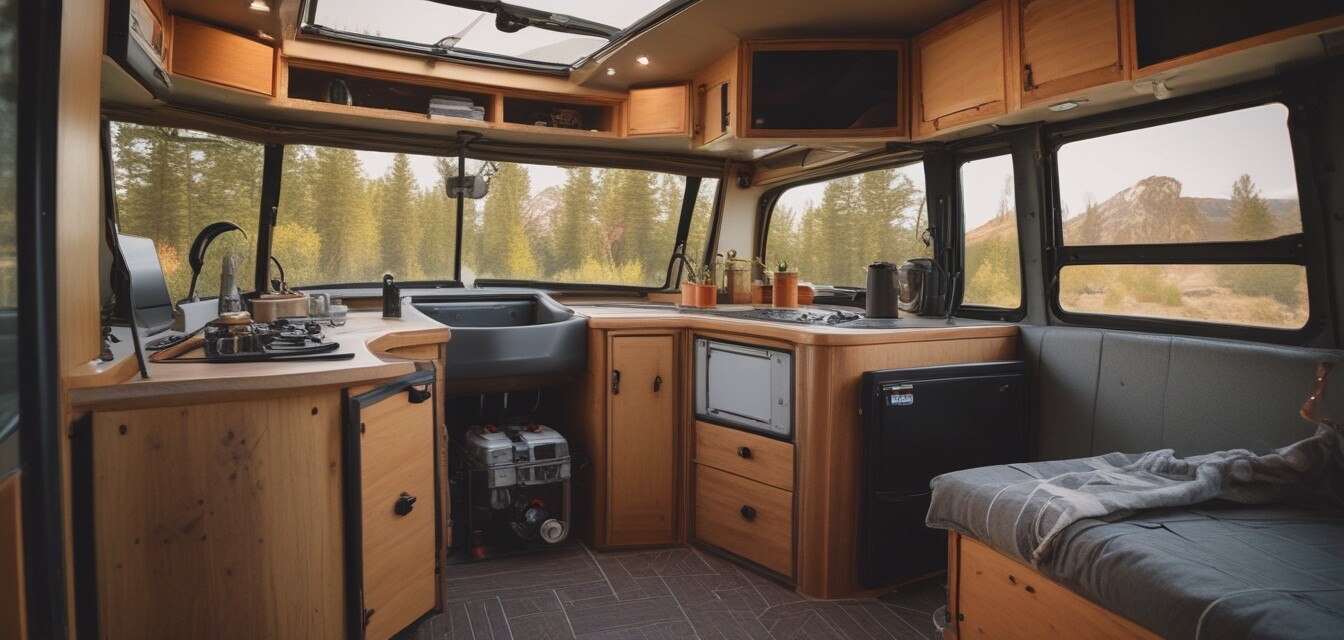
Best Practices for Solar Battery Placement in RVs
Key Takeaways
- Proper battery placement maximizes space and accessibility.
- Consider weight distribution for stable handling.
- Ensure optimal ventilation to prevent overheating.
- Follow safety guidelines to prevent electrical hazards.
- Utilize space-efficient designs to integrate batteries seamlessly.
When it comes to RV solar systems, the placement of your solar batteries can make a significant difference in overall performance and safety. Choosing the right location not only optimizes space but also enhances accessibility, efficiency, and ventilation. In this article, we will guide you through best practices for solar battery placement, ensuring your RV setup operates smoothly and effectively.
Understanding Solar Battery Types
Before diving into placement, it’s essential to understand the different types of solar batteries available. The three main types typically used in RVs include:
- Lead-acid batteries: Known for their affordability and reliability.
- Lithium-ion batteries: More efficient and long-lasting, though often at a higher cost.
- AGM batteries: A type of lead-acid battery that offers maintenance-free benefits.
Optimal Locations for Battery Placement
Finding the ideal location for your solar batteries in your RV can be challenging. Here are some essential considerations:
1. Accessibility
Choose a spot that allows easy access for maintenance and inspections. Ideally, the battery compartment should be accessible without needing to remove other components.
2. Weight Distribution
It's crucial to evenly distribute the weight of the batteries to avoid affecting vehicle handling. Batteries are heavy and can shift the center of gravity, so consider placing them near the middle of the RV.
3. Safety and Ventilation
Ensure that the chosen spot has adequate ventilation, especially if using lead-acid batteries, which can emit gases. Placing them near vents or using a dedicated battery box can promote airflow and reduce overheating risks.
Table of Best Battery Placement Locations
| Location | Pros | Cons |
|---|---|---|
| Beneath the dinette seat | Maximizes space; easy access | Limited ventilation |
| In a dedicated battery compartment | Ideal safety; organized | Can be harder to access |
| Near the rear of the RV | Improves weight balance | Potential access issues |
| Under the storage compartment | Utilizes otherwise wasted space | May require modifications |
Installation Considerations
After deciding on the optimal location, it's time to install the batteries. Here are some practical tips for effective installation:
- Use appropriate mounting brackets to secure the batteries.
- Keep the battery terminals clean and tight to avoid loss of connectivity.
- Use a battery disconnect switch to improve safety when not in use.
- Route cables carefully to prevent wear and accidental damage.
Follow Local Regulations
Always adhere to local codes and regulations regarding battery placement and connections to ensure safety and compliance. This is especially important when installing high-capacity batteries like lithium-ion types.
Common Mistakes to Avoid
Here are some pitfalls to avoid when placing and installing solar batteries in your RV:
- Ignoring ventilation needs, which may lead to overheating.
- Neglecting accessibility, making maintenance cumbersome.
- Placing batteries in damp environments, exposing them to moisture.
- Overloading with more batteries than planned for space and capacity.
Related Resources
For further reading, check out our guides on buying guides, and for tips on complete solar systems, which can help you better understand your energy needs. Additionally, don't miss out on our articles about inverters for RVs and portable solar panels for comprehensive solar solutions.
Pros
- Improves energy efficiency.
- Enhances safety through proper ventilation.
- Maximized space utilization.
- Ensures stable handling of the RV.
Cons
- Requires careful planning and installation.
- Complicated access can pose maintenance challenges.
- Potential expenses related to modifications.